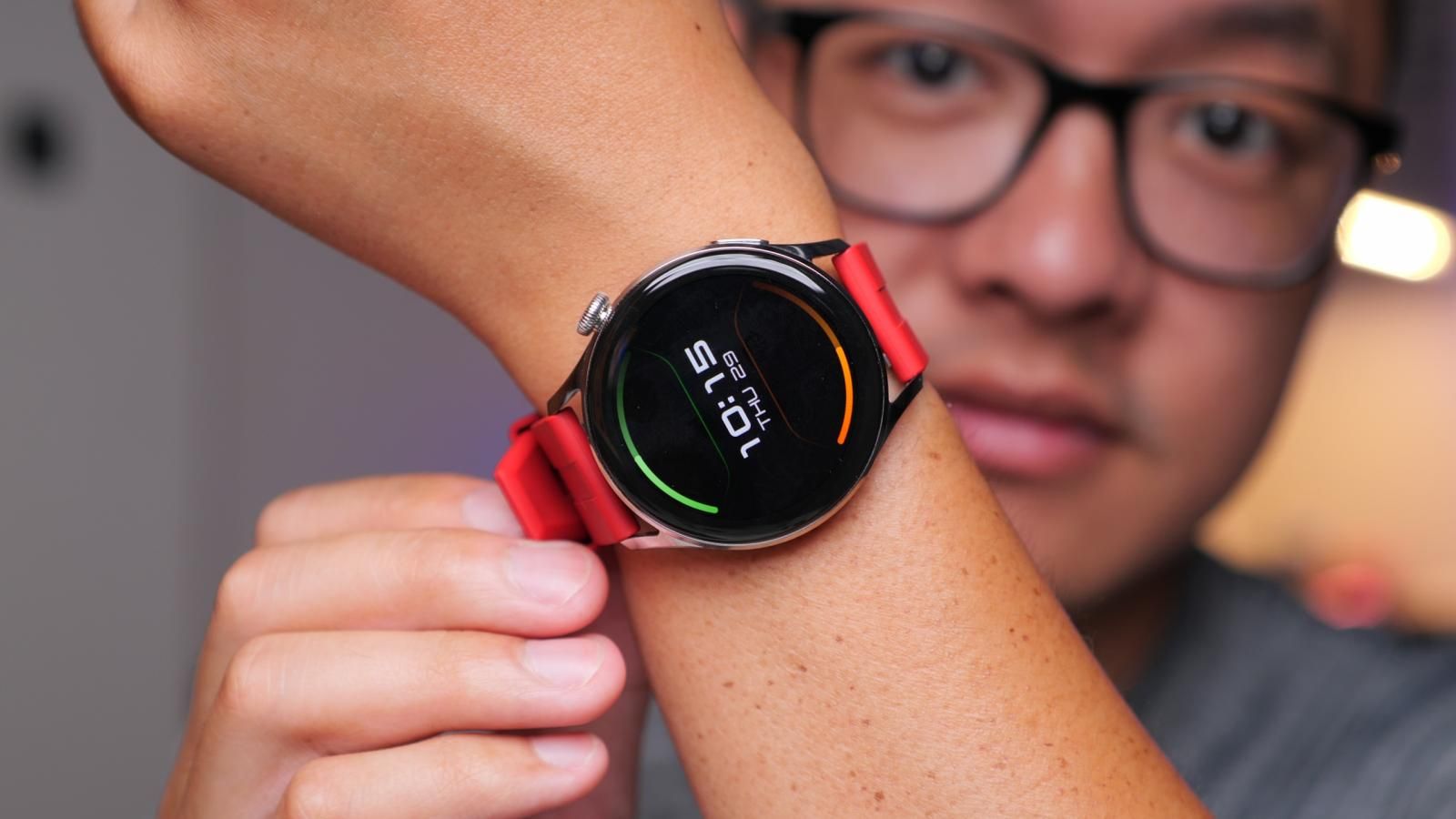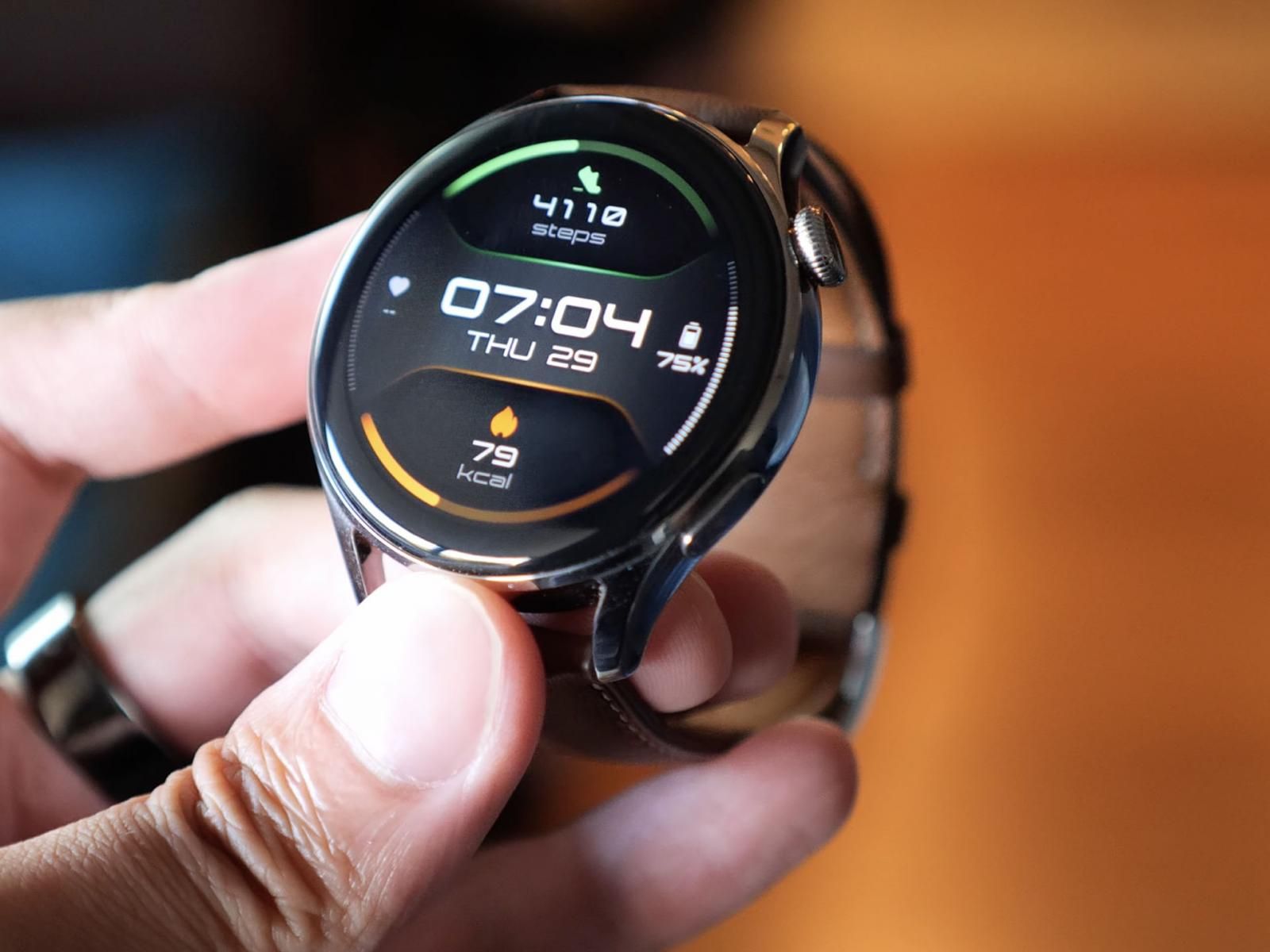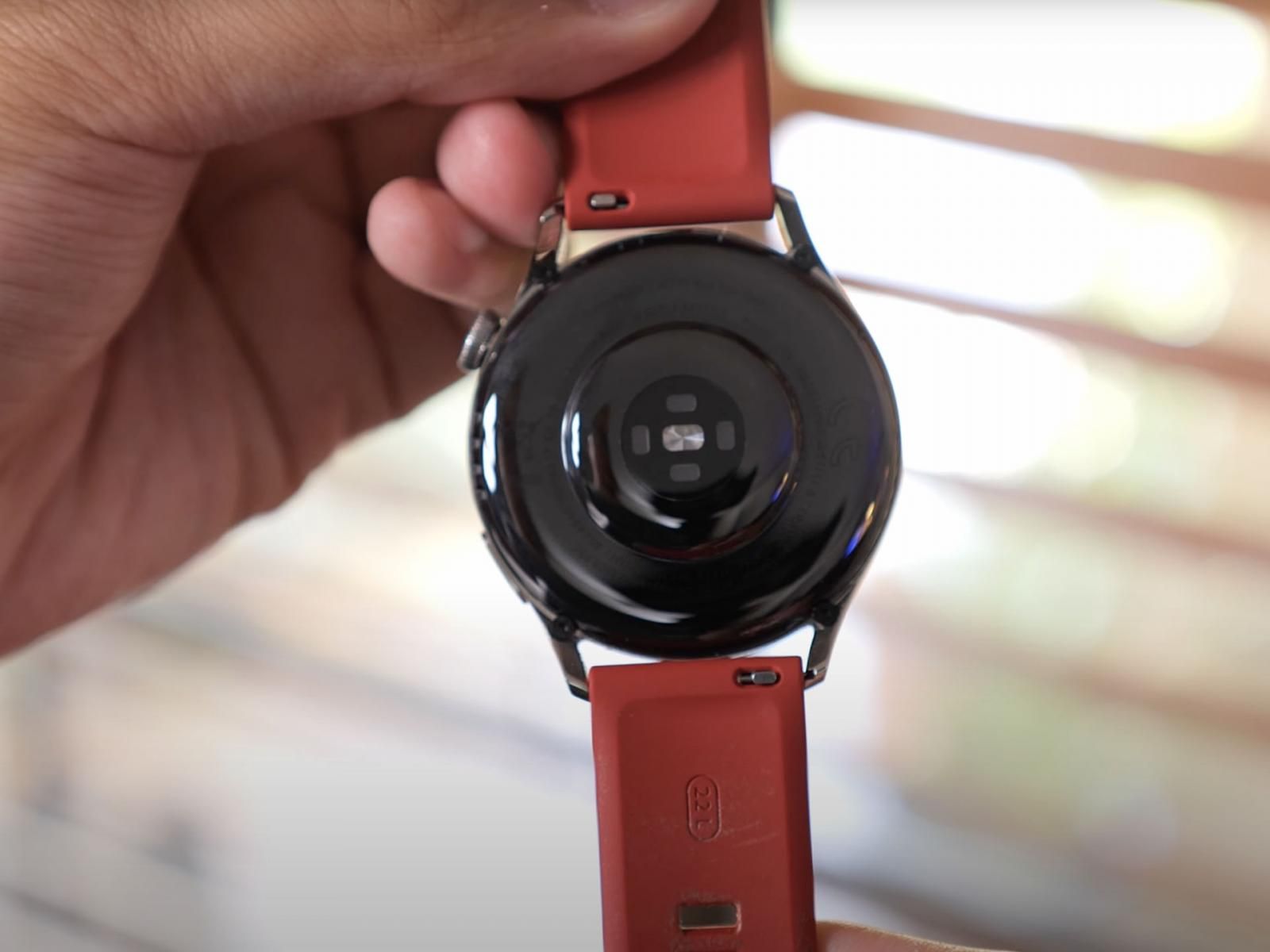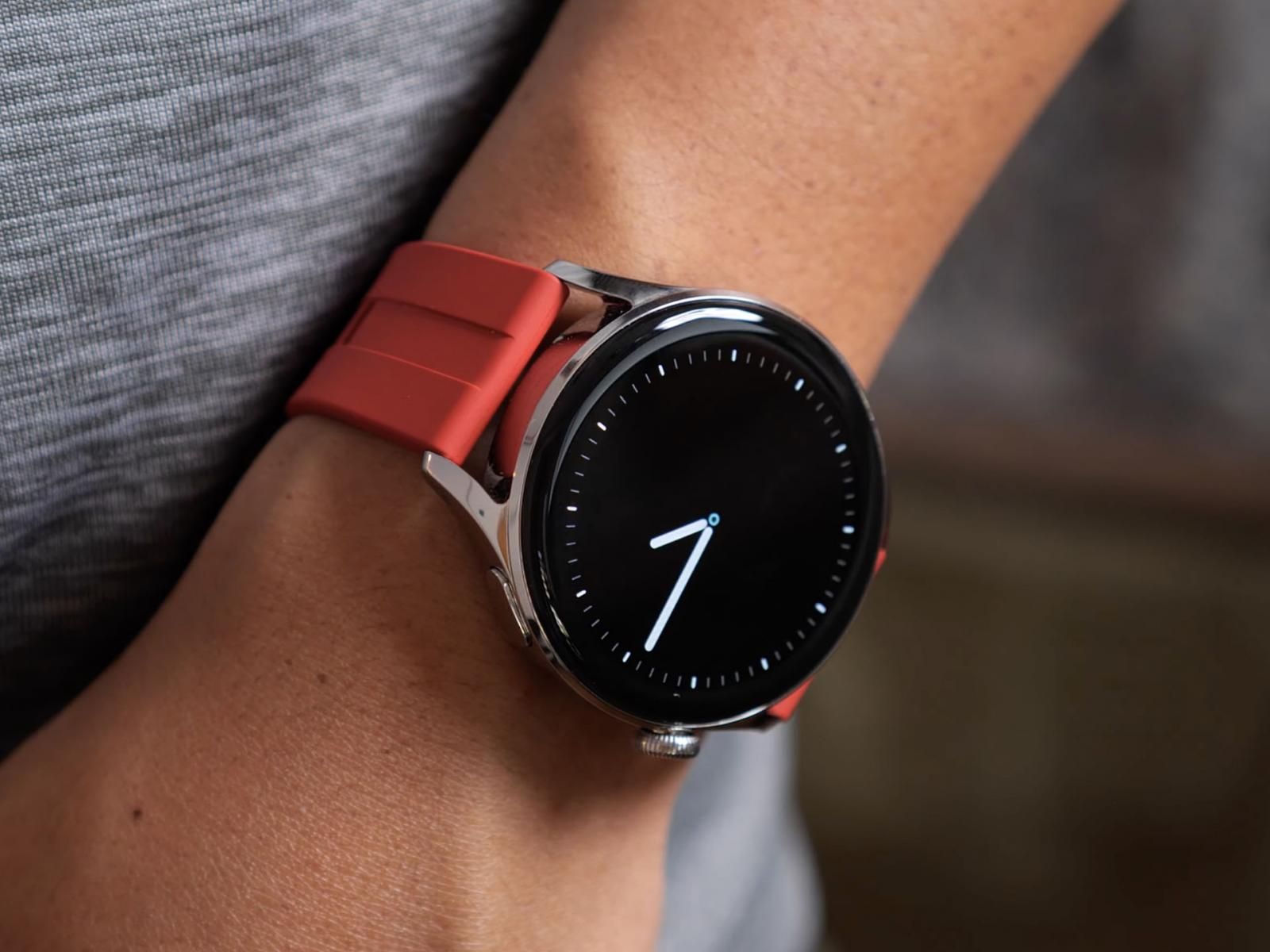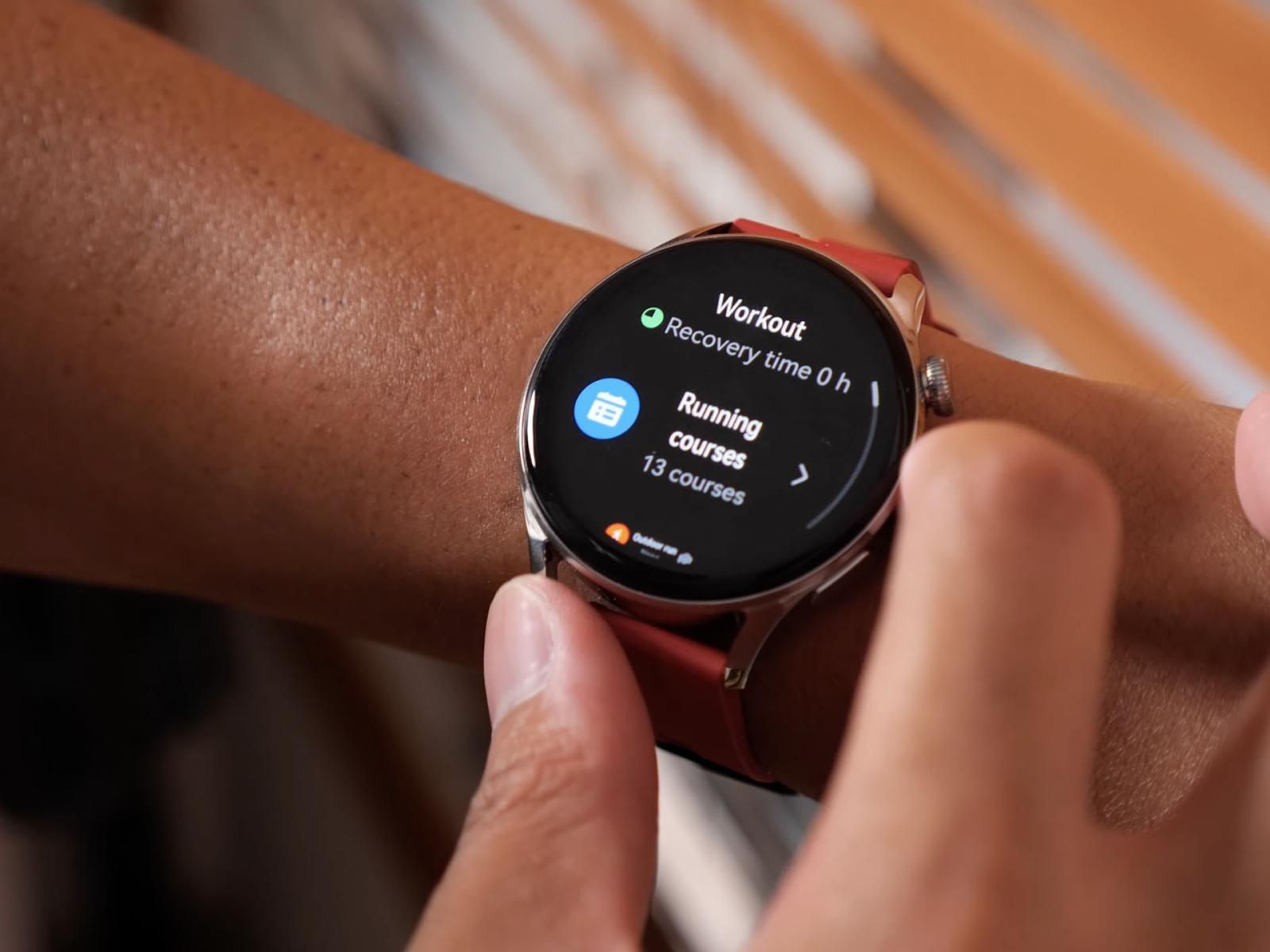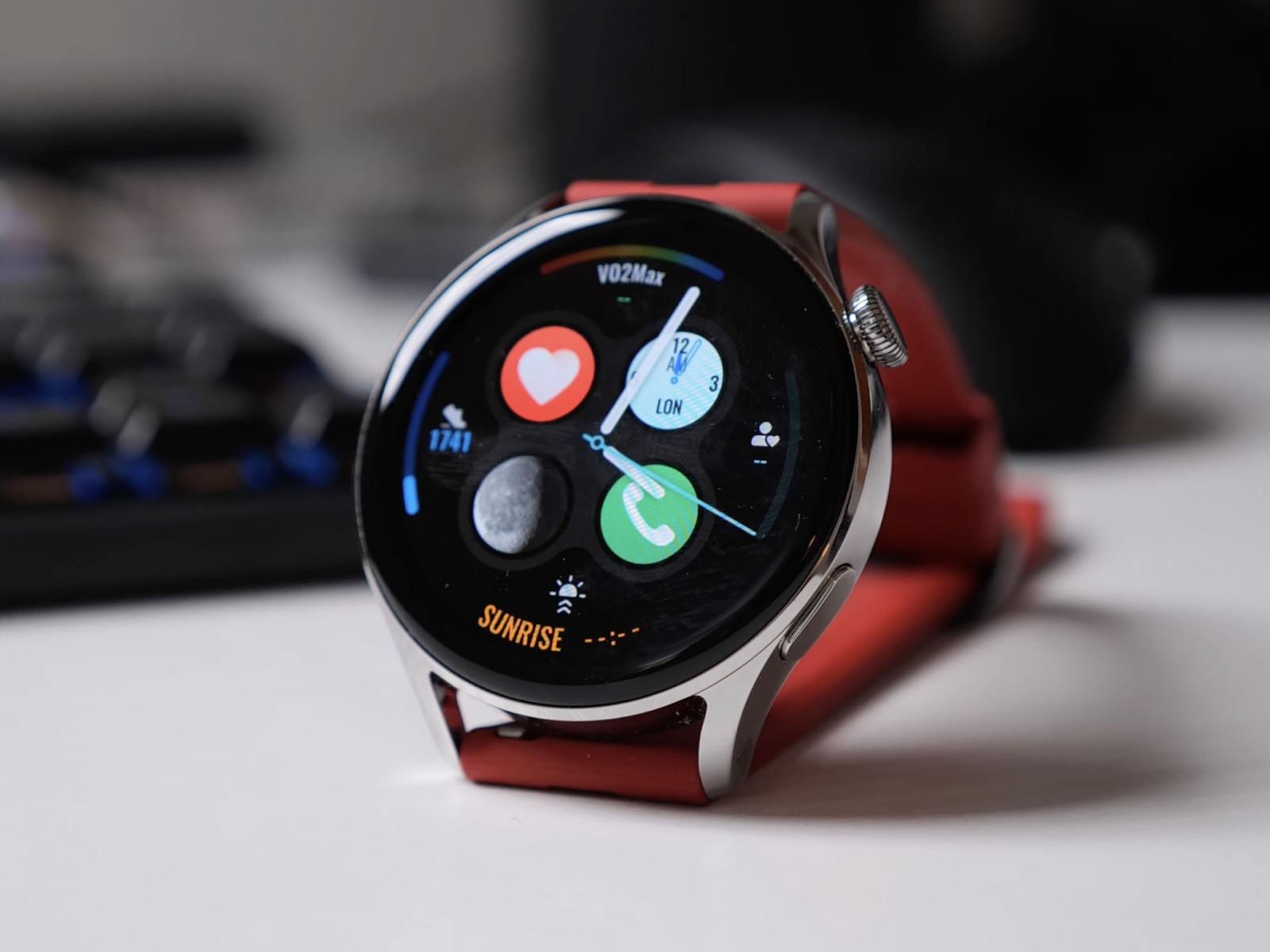Anton D. Nagy contributed to this HUAWEI Watch 3 review video.
Check out our original text review of the HUAWEI Watch 3 here.
It’s been a while since I’ve spent time with a Huawei product, including their wearables — a couple years ago I called the Huawei Watch GT the anti-smartwatch smartwatch because it offered a good amount of power and features even if it was on the fringes in relation to competitors like WearOS and WatchOS. In this latest edition of the watch, Huawei proves they still have style, inside and out — even if things are much different than when I last put one of these wearables on my wrist. This is Pocketnow and I’m Joshua Vergara — what’s going on, everybody? — this is the Huawei Watch 3.
Harmonious design
You can never really say Huawei has lost their shine, especially with a watch that happens to look this good. My Huawei Watch 3 comes in this highly reflective silver edition that feels substantial and very premium. The 46mm steel casing is a great looker that has all of the bells and whistles you’d want from a current high-end smartwatch — sensors on the back help with heart rate monitoring, Sp02 readings, and even checking skin temperature while the 1.43-inch AMOLED display shows you all of the results.
My unit came with a light brown leather band that made the watch work in plenty of scenarios, but it always made the watch lean toward a more formal dress. Thankfully, easily swapping to a red silicone band made the watch fit in more situations like casual and even fitness wear. It’s a testament to the watch’s design that despite the premium materials and look, it can switch up and clean up really quickly. Though I will admit, a timepiece design like this sometimes clashes in the gym, and when tracking workouts sometimes my own sweat makes the silicone strap slip from the area where it is supposed to be secured for better fitness monitoring.
Controlling the watch happens with a single shortcut button on the right lower half, while a large and almost imposing rotating crown is found above it. Anyone that has used an Apple Watch will get some deja vu with Huawei’s take on roughly the same functionality — even the haptics engine of the watch is pretty top-notch, ticking away as the dial is scrolling through the various menus.
Smooth operator
…which gives way to one of the most striking parts of the Huawei Watch 3 — the performance that you can both see and feel. The AMOLED display is nice and large for easy viewing while providing really vivid colors that at times I thought have no business being on a wearable. The same goes for a 60hz refresh rate, which is a metric that I don’t think I’ve ever heard on a smartwatch. Always on display capabilities are available here in a number of different styles, but of course, that will lower the battery life, which we’ll get to later. And I never had any problems viewing the screen in broad daylight, as the screen can get plenty bright and definitely does so accordingly when the auto-brightness setting is ticked.
This watch is my first look at HarmonyOS, which is a catch-all term for a software ecosystem that is supposed to seamlessly integrate all of Huawei’s products. So while I do say that the software on here is HarmonyOS, it’s the same terminology I will say in almost any of their other devices. In any case, this software glides across the AMOLED display smoother than most other smartwatches I’ve ever worn, second mostly to the Apple Watch. Touch responsiveness is high and latency is really low, not to mention the smooth animations that transition from screen to screen. Hitting the crown brings you to the app drawer, which can be either a matrix of dots or a list that is admittedly easier to navigate. And there are plenty of entries to go through, giving users the ability to monitor quite a few activities and metrics.
Keeping track
The Huawei Watch 3 makes an appeal to health-conscious users with a myriad of different apps and tracking abilities, which we’ll focus on via the watch for now. The bottom button, by default, pops up a list of workouts that are mostly distance-based — running, walking, cycling — but in my case lifting sessions had to be monitored via “Other”. For extra motivation, the speaker that is found right below the controls can actually loudly blare out at certain intervals, but that pretty quickly made me lower the volume. To be fair, that speaker along with the good haptic engine is useful for notifications and for alarms in the morning; and calls can be taken via the watch’s Bluetooth audio connection. Anyway, I kept my tracking to that basic mode and despite the watch slipping about because of the silicone band mixing with my sweat, nothing seemed out of the ordinary. Plenty of other metrics can be measured which include Sp02 levels and even your skin’s body temperature. an increasingly common feature of stress measurements is here, as are built-in breathing exercises for when the need for calm arises. All that you would expect from a high-end fitness wearable is here, making the Huawei Watch 3 one of the most elegant-looking fitness bands I’ve ever used.
One particular scenario that I always look for my wearables to track is sleep — unfortunately, most smartwatches struggle to get through a full day of work and still have enough to track me during rest. Most of the time there is a need for at least some charge so that the watches can make it through the night. Thankfully, Huawei’s claims of three days battery life have almost been consistent for me, even while using the always-on display. To be fair, I turn off almost all of the notifications, the only continuous monitoring I allow is heart rate, and I haven’t been to the gym as often as I’d like to track workouts. Step tracking and sleep tracking have been my most used features, as well as using the vibration motor as a silent alarm because I keep the watch at a very low volume.
I give Huawei quite a bit of credit for their sleep tracking features because every morning while I’m making my coffee the watch is telling me how much deep sleep I had and sometimes what to do about it. The thing is, the sleep tracking on here seems to be a little hit or miss. Now, in all fairness, I’m comparing it to what is considered one of the most accurate sleep tracking systems around, the Oura Ring. But both wearables call my left side home, so I figured it would be interesting to see how they differ. For the most part, the Huawei Watch 3 is simply a bit more generous than my Oura Ring, in both sleep cycles and step count, but nothing too far out of the ordinary to suggest that it is too inaccurate.
The right stuff in the wrong place
It’s good that Huawei’s app still works on my Android devices because obviously, the company is in an interesting position in the greater market. The Huawei Health app requires the installation of HMS, which is a necessary replacement to the Google Play Services Huawei can no longer utilize. Some extra steps and some extra installations get you the core functionality of the Watch 3, but unfortunately in my case, there is little more that can be done beyond that. Given Huawei’s status in my region, their own AppGallery app store is blocked — which means I can’t add or install anything extra. And from what I’ve seen my peers say in their reviews, there isn’t a whole lot on offer anyway even if you could get in. That’s a double whammy for someone like me — I can’t install what Huawei can even offer, and because the watch is not Google Play Store compatible, I can’t install the companions to many of the apps that I use on my Android phone.
And then there’s the simple way the Watch 3 handles notifications, which is to say it just gives you a short preview of what comes in, with no ability to respond or act upon said notification. For a wearable sporting a microphone, it’s a shame that it doesn’t come in handy for more than taking phones calls, which admittedly is something I don’t do on my wrist. Personally, I don’t use those features much on any wearable — I prefer my smartwatch to be a way for me to see notifications but it’s up to me to commit to getting my phone out and doing something about it.
So what you’re getting here (and by here I mean a place where the software is limited) for a pretty high price is an adequate fitness and health tracker and a somewhat less than adequate smartwatch experience all presented in the most high-quality way possible. I adore the design and the Huawei Watch 3 is one of the only wearables that marries practical features like a rotating navigation dial with high-quality parts like an AMOLED display at 60hz. HarmonyOS is still in its early stages and it remains to be seen how much software developers will be able to bolster its offerings, but so far the Huawei Watch 3 feels like it has all the right stuff that is unfortunately not being used to its best possible potential. Hopefully, that will change somewhat soon, but for now, Harmony is just a little bit too disrupted to make this smartwatch an easy £349.99 in our HUAWEI Watch 3 review video.

